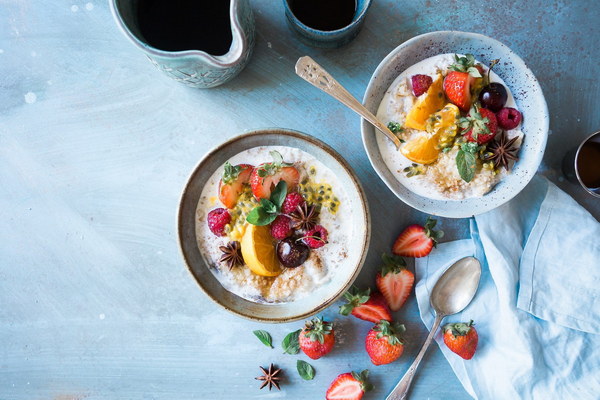The Beauty and Wellness Pandemic Navigating Challenges and Embracing Innovation in the Industry
The COVID-19 pandemic has significantly impacted the beauty and wellness industry, disrupting traditional business models and forcing entrepreneurs to innovate and adapt. As the world grapples with the challenges brought about by the pandemic, the beauty and wellness sector has witnessed a remarkable transformation. This article explores the impact of the pandemic on the industry, the challenges faced, and the innovative solutions that have emerged.
1. Shutdowns and Lockdowns: A Temporary Setback

The beauty and wellness industry, which thrives on physical interaction and customer presence, faced unprecedented challenges with the implementation of shutdowns and lockdowns. Salons, spas, and fitness centers were forced to close their doors, leading to a sudden loss of revenue and employment. However, despite the temporary setback, many businesses managed to navigate through this challenging phase by adopting digital solutions and leveraging social media to reach their customers.
2. Shift to Online Services
The pandemic accelerated the shift towards online services in the beauty and wellness industry. As physical spaces became inaccessible, businesses quickly adapted by offering virtual consultations, online training sessions, and e-commerce platforms. This shift not only helped maintain customer relationships but also opened up new opportunities for growth. For instance, beauty brands started offering personalized product recommendations through AI-driven algorithms, while wellness coaches provided remote sessions to help clients maintain their fitness and mental health.
3. Health and Safety Measures
The pandemic brought health and safety to the forefront of the beauty and wellness industry. Businesses had to implement strict hygiene protocols, provide personal protective equipment (PPE), and ensure social distancing in their facilities. This newfound emphasis on health and safety has not only reassured customers but has also become a competitive advantage for businesses that prioritize these measures.
4. The Rise of At-Home Beauty and Wellness
With the pandemic prompting people to stay at home, the demand for at-home beauty and wellness solutions surged. From DIY face masks and hair care routines to home exercise equipment and meditation apps, consumers sought ways to maintain their beauty and wellness routines without stepping outside. This trend has not only provided new opportunities for businesses but has also encouraged innovation in product development and marketing.
5. Niche Markets and Personalization
The pandemic has highlighted the importance of niche markets and personalized services. As consumers become more health-conscious and seek out unique experiences, businesses that cater to specific needs and preferences have thrived. For instance, organic and natural beauty products have gained popularity, while wellness services tailored to mental health and stress management have seen increased demand.
6. The Future of Beauty and Wellness
The beauty and wellness industry is poised for a remarkable recovery as the world gradually moves towards normalcy. However, the pandemic has left a lasting impact, with businesses forever changed. The future of the industry will likely be characterized by a blend of digital and physical experiences, with an increased emphasis on health, safety, and personalization.
In conclusion, the beauty and wellness pandemic has brought about significant challenges but has also provided opportunities for growth and innovation. By embracing digital solutions, prioritizing health and safety, and catering to niche markets, the industry can navigate the post-pandemic landscape and continue to thrive. As we move forward, the beauty and wellness sector will undoubtedly play a crucial role in fostering well-being and enhancing the quality of life for individuals worldwide.









